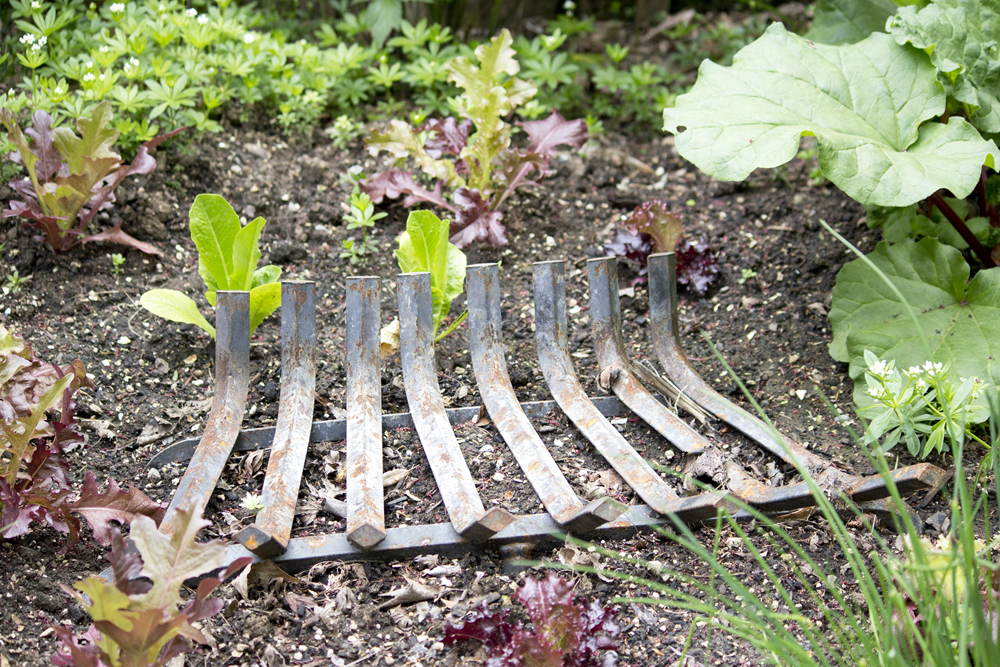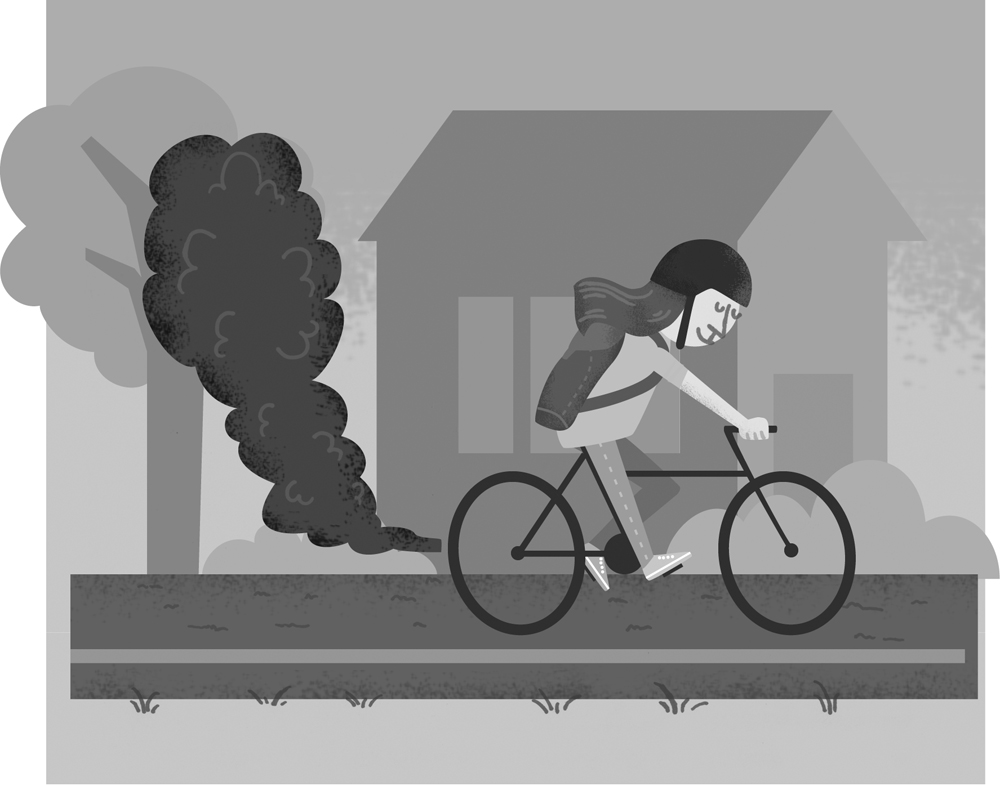I have always loved gardening. My mom has a green thumb, and growing up she turned our yard from the almost dead patch of grass that it was into a lovely escape full of food and flowers. For me, gardening is therapeutic—and cheaper than actual therapy, so it’s a win-win!
Now, this is Portland—we have urban chicken farmers—so urban gardening should be as easy as “buy dirt, buy plant, stick plant in dirt,” right? Well, successful urban gardening requires a tad more attention, but is still relatively simple.
First, decide where in your yard or patio you plan on planting your garden. Pay attention to how much sun the space gets throughout the day—most fruits and veggies need full sun throughout the day (at least six hours) to thrive.
If you have a yard, raised garden beds are a great idea for the Portland area because they help with water drainage. Raised beds can be made with wood from the local hardware store or even cinderblocks, depending on your preference. Also make sure the spot is reachable with a hose for easy watering.
Don’t worry if you don’t have a yard, you can still grow your own food in pots or planter boxes on your patio or balcony. The key with growing plants this way is to make sure whatever kind of container you use has a drainage hole at the bottom for excess water to drain from the soil.
For garden beds, make sure you prep the area you’ll be using by breaking up the soil with a shovel or pitchfork and remove any rocks or weeds you come across. If you have compost that is ready to be used in the garden, add it in to your soil now, then even out the soil with a rake, which will help water soak in evenly.
If the soil in the area of your garden bed isn’t up to snuff or you don’t have enough of it (we are urban, after all) adding potting soil to your bed is perfectly fine.
For pots or planter boxes, potting soil will definitely be needed. Now, there are an insane number of varieties of potting soil: potting soil for veggies, potting soil for containers, potting soil with manure already added, potting soil that will hold water longer. It can definitely get confusing. Most of my own gardening experience is with containers. I’ve tried a few of these different varieties and honestly haven’t noticed a difference between them. So, I try to go with the simplest, most regular potting soil I can find.
When it comes to choosing which fruits, veggies and herbs you want to plant, it’s important to choose foods you like and will actually eat. Remember that one plant will generally yield quite a bit of food, so keep in mind how many people you’ll be feeding when figuring out how many plants to buy. This information can usually be found on the tag that is stuck in the soil of the plant when you buy it. But, if you end up with too many fruits and veggies, you can always give the extra to neighbors and friends.
Other important information is included on the plant tags, like when they need to be planted, how far apart to space the plants and how much sun they need.
Once you’ve selected which plants you want to grow and have your garden bed or containers prepped, you’re ready to plant! Keep in mind, if you’re growing tomatoes, you’ll want to purchase a tomato cage to help hold up the weight of the plant; cucumbers also work great in them, especially small spaces, since they will climb up the cage. For veggies like beans and peas, which also climb, a trellis or tomato cage will be necessary as well.
Either dig a row (for garden beds, paying attention to recommended spacing) or a hole (for containers). Then gently remove the plants from their containers by gently squeezing the sides and shaking the plant loose. Then, loosen the roots at the bottom of the root ball. Before placing the plant in the hole or row, my mom always filled it halfway with water, to give the plants a little drink as soon as they get in the ground. Next, fill in the hole with soil and make sure the roots of the plant are covered. Water the plant a little more, just enough to wet the top layer of soil.
And you’re done! Keep up on watering (always in early morning or evening), and depending on the type of plant and variety, you’ll have your own urban-grown food on your table in no time.






